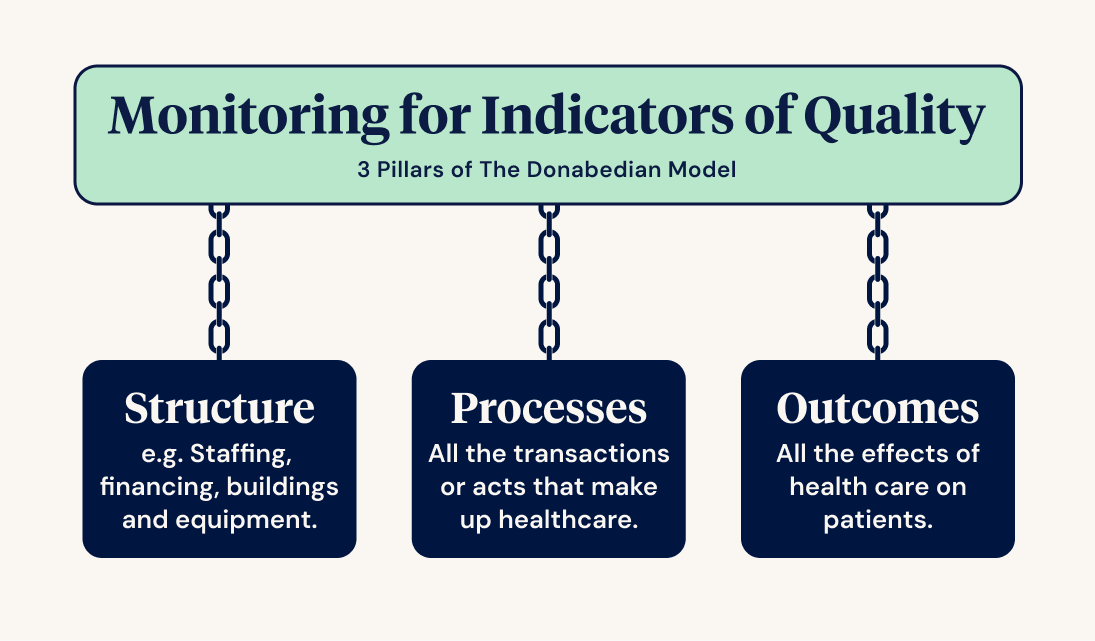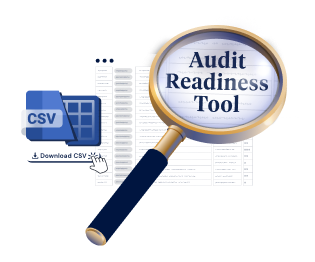In just a few short months, aged care providers across Australia will be required to demonstrate conformance with the strengthened Aged Care Quality Standards. Come July 1, 2025, the sector will enter a new era of regulatory oversight, one that shifts towards an outcomes-based model, emphasising measurable improvements in care quality. For many providers, the challenge is not just in meeting these new standards but in understanding what "readiness" truly means.
Without a structured approach, preparing for an audit can feel like navigating a maze with no clear path. That’s where strategic planning, internal auditing, and leveraging tools like Ausmed’s Audit Readiness Tool become critical. Readiness is not about last-minute scrambling. It’s about embedding a culture of quality, accountability, and continuous improvement at every level of an organisation.
Understanding the Strengthened Standards
Aged care organisations have long been required to meet compliance requirements, but the 2025 standards strongly emphasise governance, workforce capability, and outcomes for older people. The focus is on demonstrating how structures and processes lead to quality care experiences and positive health outcomes for older people.
A key component of this shift is the ability to provide objective evidence. This means data that verifies how well an organisation functions, whether its workforce is equipped to provide high-quality care, and if older people are experiencing the intended benefits. As quality management thought leader Edward Deming stated:
“Without data, you're just another person with an opinion.”
This means that when an external auditor arrives, they are not just looking for policies or procedural documents. They are examining how well those policies translate into real-world outcomes for older people and assessing whether organisations can demonstrate an ongoing cycle of improvement through robust data collection, analysis, and response mechanisms.
Building a Culture of Shared Accountability
One of the most effective ways to prepare for an external audit is to engage in regular internal audits. By simulating the accreditation process internally, organisations can uncover blind spots, identify gaps, and strengthen their systems proactively.
The Ausmed Audit Readiness Tool plays a crucial role in this process. It helps visualise and align existing evidence with the new standards, making it easier to map out what is required and where documentation needs strengthening. It also reinforces a fundamental truth about accreditation - preparing evidence is a shared responsibility.
Quality assurance should never fall solely on one person or one department. Instead, it must be integrated across all teams, with clear responsibilities assigned to different areas of the organisation. By fostering shared ownership of quality, organisations create an environment where continuous improvement is not just an obligation but a cultural norm.
Leveraging Data for Quality Assurance
Effective governance relies on the ability to collect, interpret, and act on data. Aged care providers must move beyond anecdotal evidence and embrace objective data points that demonstrate compliance and quality improvement. This is where internal auditing and structured quality frameworks come into play.
With the strengthened Standards, the focus on outcomes means organisations must be able to show how structures (staffing, policies, governance) and processes (training, procedures, workflows) lead to the desired effect, such as measurable improvements in the quality of care as indicated by the older person's experiences and health outcomes. This aligns with the Donabedian model of healthcare quality, which categorises quality into three interdependent components: structure, processes and outcomes.

By leveraging structured audit tools, providers can map their activities against these categories, ensuring that they not only comply with the standards but also achieve meaningful improvements in care provision.
Embedding Continuous Improvement
High-performing aged care organisations don’t treat quality as a checkbox exercise. Instead, they embed it into their DNA. Every staff member understands their role in delivering and maintaining high standards. This means integrating quality initiatives into business operations, fostering a mindset of shared accountability, and ensuring that governance mechanisms support continuous learning.
In such organisations, clinical and corporate governance structures are designed to monitor, evaluate, and report on quality continuously. Effective feedback loops allow for swift responses to emerging risks, minimising harm and preventing systemic failures.
Supporting Workforce Wellbeing
Amidst all the regulatory shifts, it's important to remember that compliance is not just a procedural exercise, it’s about people. The stress of preparing for an audit can take its toll on staff, particularly in an industry that has been through so much in recent years.
As leaders, we must prioritise the wellbeing of our teams, ensuring that accreditation efforts do not come at the cost of burnout or disengagement. Encouraging staff to support each other, fostering open communication, and providing adequate training and resources can make a significant difference.
Setting Your Organisation Up for Success
Rather than viewing compliance as a burden, providers should see it as an opportunity to showcase their strengths, address gaps proactively, and build a robust foundation for continuous improvement.
Ultimately, what matters is that planned activities are:
- Measurable
- Mapped to the established standards
- Monitored to identify deviations from desired outcomes.
By taking a structured, evidence-based approach, aged care providers can not only meet the strengthened Standards but thrive under them. Assuring the provision of safe, high-quality care that aligns with the needs and expectations of older people, families, and regulatory bodies alike.
Accreditation as a Catalyst for Improvement
Audit readiness is not about checking boxes—it’s about demonstrating a commitment to quality care through structured systems, shared accountability, and continuous improvement. By leveraging data, engaging teams in a culture of quality, and using tools like the Audit Readiness Tool to visualise and strengthen evidence, providers can confidently navigate their first audit under the strengthened Standards.
In the end, compliance is just the starting point. True success lies in using the accreditation process as a catalyst for lasting improvements that benefit both older people and the dedicated workforce that cares for them.

Ensure your organisation is prepared for your first audit under the strengthened Standards.
Author
Dr Karen Patterson
Dr Karen Patterson (PhD) is Ausmed’s inaugural Chief Nursing Officer, leading the organisation’s clinical governance and workforce capability strategies. With a distinguished career in health leadership, governance, and workforce development, she brings extensive expertise in clinical excellence, regulatory compliance, and professional development across diverse healthcare settings.
Karen firmly believes that a skilled, equipped, supported, and engaged healthcare workforce is fundamental to providing safer, more effective care with meaningful outcomes — benefiting individuals, communities, and the broader health system.
At Ausmed, she is committed to advancing nursing education, supporting providers in meeting evolving standards, and strengthening workforce capability to drive better care and healthier communities.



